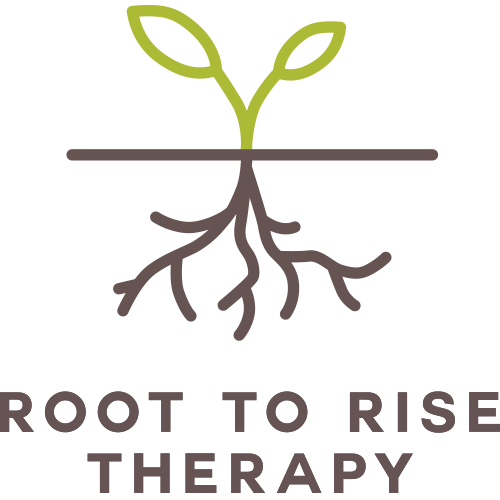How to Navigate the Path of "Overcorrection" in Therapy
Do you sometimes feel like the choices you’ve made since starting therapy are a bit… extreme? Maybe you’ve learned to set boundaries, and now you’re saying “no” to everything. Or perhaps you’ve been encouraged to feel your emotions, and now it feels like you’re on an emotional rollercoaster.
This wobble is something I see often in therapy. It’s what I call “overcorrection”—and while it might feel uncomfortable, it’s actually a powerful sign of progress. Overcorrection shows that you’re not just tiptoeing around your old habits; you’re bravely experimenting with new ones. Understanding this stage can help you feel more grounded as you heal, grow, and learn to create balance.
What Does Overcorrection in Therapy Really Mean?
Think of it like learning to ride a bike. When the training wheels first come off, you wobble. . . steering too far left, then overcorrecting too far right. That messy, uncertain phase is part of finding your balance.
Therapy works the same way. Old patterns are deeply ingrained, so when you start to challenge them, it can feel shaky. But that very wobble—the overcorrection—is proof that you’re actively breaking cycles and moving toward change.
Common Signs of Overcorrection in Therapy
Here are a few ways overcorrection often shows up:
Boundary Setting: If you’ve always been a people-pleaser, your first instinct might be to say “no” to everything. Over time, you’ll learn to say “yes” to what aligns with your values and “no” to what doesn’t.
Emotional Expression: If you’ve bottled up your feelings for years, emotions may come flooding out at full intensity. With practice, you’ll learn to process them in healthy, balanced ways.
Family Relationships: As you process childhood hurts, you might feel like cutting off family members entirely. This stage is often temporary. With healing, many people find a more nuanced, balanced way of engaging.
How Can You Navigate the “Wobbly” Phase of Overcorrection?
So, what helps when you notice yourself overshooting the mark?
Be Gentle With Yourself: Overcorrection is not failure—it’s growth.
Stay Curious: Instead of judgment, ask: “What am I learning right now?”
Talk to Your Therapist: Share what you’re experiencing. Your therapist can help you understand and integrate these shifts.
Why Is Overcorrection a Sign You’re on the Right Track?
Overcorrection isn’t a mistake; it’s a vital step on the healing journey. It shows you’re stretching, experimenting, and finding your way toward a more balanced, authentic self.
Healing takes patience, but every wobble brings you closer to steadiness. Trust the process, you are right where you need to be.
Is the idea of a more balanced, authentic self something you want to create? The process can feel overwhelming to navigate alone. Reach out to our Client Coordinator today to be matched with a compassionate therapist who can support you in finding your balance.
Helene Bringsli, LMFT






